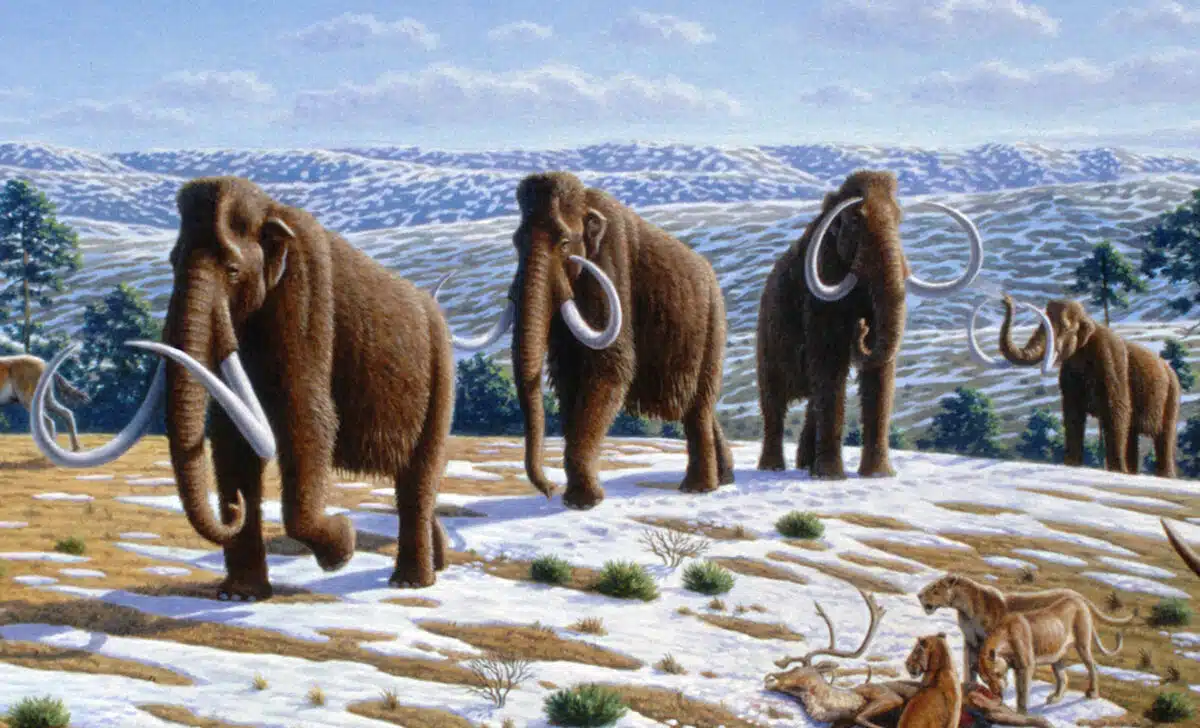The allure of de-extinction has captured human imagination for decades, combining the marvels of science with the mysteries of ancient life. As technology in genetics and cloning advances, the idea of bringing back extinct species shifts from science fiction to potential reality. Dive in as we explore ten remarkable animals that could become more than historical footnotes but vibrant members of Earth’s biodiversity once again.
The Promise of De-Extinction
De-extinction, the process of reviving extinct species, is a fascinating interdisciplinary venture combining biology, genetics, and conservation efforts. Cloning, one of the foremost methods considered for de-extinction, holds the potential to revive long-lost species by using the DNA of extinct animals preserved in museum specimens. While the ethical and ecological implications are complex, the scientific community is cautiously optimistic about the potential benefits, from restoring ecological balance to advancing genetic research.
The Woolly Mammoth An Icon of the Ice Age
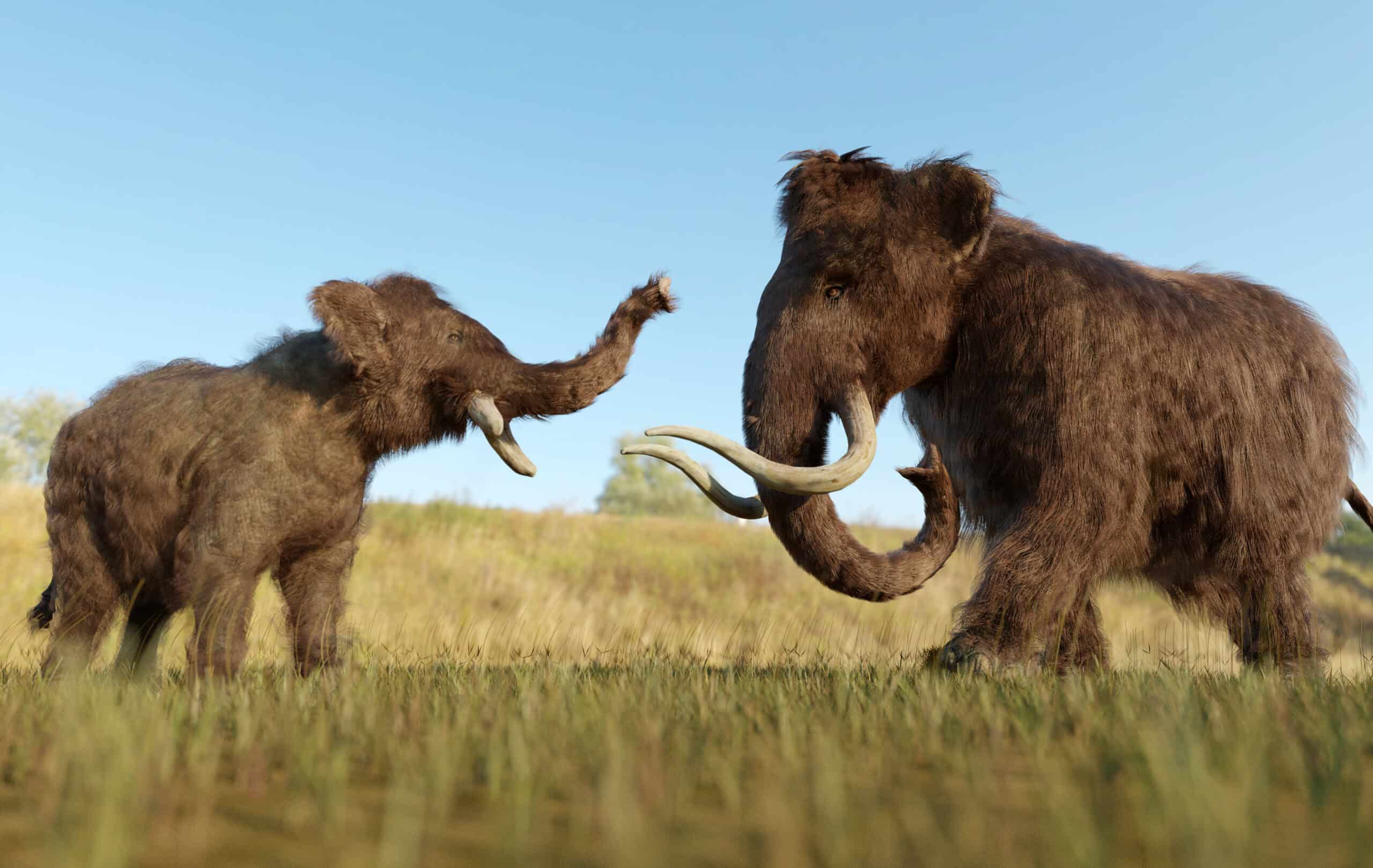
Among the most iconic candidates for revival, the woolly mammoth roamed the frigid landscapes of the Pleistocene era. With ample well-preserved specimens, scientists are exploring ways to introduce their genetic material into modern elephants. The endeavor could not only bring back this prehistoric giant but also help enrich the genetic diversity of today’s elephants, potentially aiding their adaptation to changing climates.
The Passenger Pigeon Returning From the Verge of Zero

Once the most numerous bird species in North America, the passenger pigeon went extinct in the early 20th century due to overhunting and habitat destruction. Cloning techniques may breathe new life into the species, with existing DNA samples offering a genetic roadmap. Beyond the novelty of revival, reintroducing passenger pigeons could restore ecological roles they played, such as seed dispersion and forest regeneration.
The Thylacine Australia’s Lost Apex Predator

The thylacine, or Tasmanian tiger, was a carnivorous marsupial that topped Australia’s ecosystem until hunted to extinction in the 1930s. With its unique evolutionary lineage, the thylacine’s return could offer insights into marsupial biology and expose genetic solutions to save endangered relatives. Optimistically, it could help re-balance the ecosystems of Tasmanian wilderness, where its prey and plant life have grown unchecked.
The Quagga A Striped Wonder

A distinct subspecies of the plains zebra, quaggas were victims of 19th-century European colonization in Africa. Seen as lesser priorities than their fully striped relatives, their numbers dwindled rapidly. However, enough of their DNA survives, creating hopes for their return. Reintroducing quaggas would enliven biodiversity, providing a unique lens on evolutionary adaptation.
The Carolina Parakeet Reviving a Rainbow
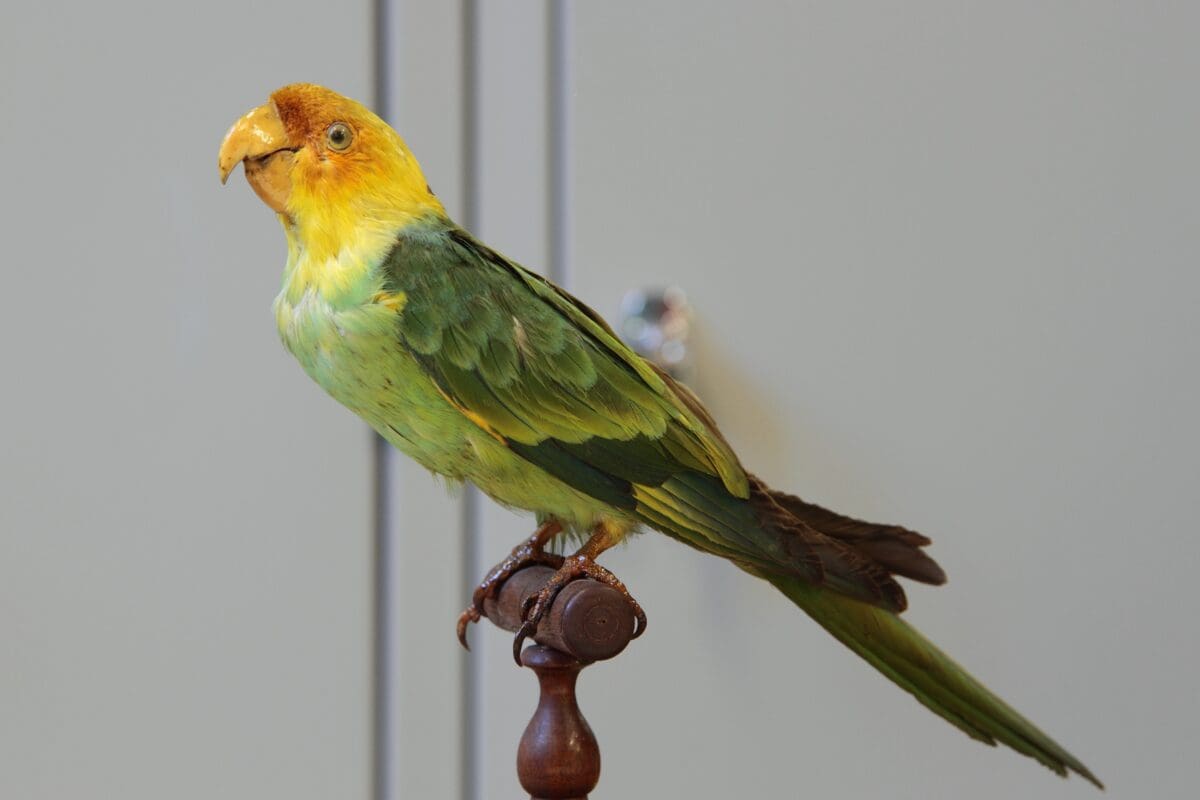
The only indigenous parrot in the United States, the Carolina parakeet, was wiped out by late 19th-century deforestation and the pet trade. As a bright and diverse addition to the avian world, its reintroduction could bolster ecosystems where it once proliferated, reestablishing vital roles such as controlling pest populations and supporting plant pollination.
The Pyrenean Ibex A Brief Resurgence

The Pyrenean ibex is a unique case in de-extinction, having already undergone a successful, albeit brief, revival. Cloning efforts produced a living specimen in 2003, though it suffered from health complications. Progress in DNA repair and cloning techniques keeps hope alive for a stable, enduring reintroduction of this elegant mountain dweller, providing new opportunities for ibex ecology and genetics research.
The Dodo Beyond a Cautionary Tale

The unfortunate emblem of human-induced extinction, the dodo disappeared by the late 17th century. Thanks to 15th-century explorers, robust records and specimens exist today. Beyond its symbolic memory, reviving the dodo could occur thanks to improved understanding of how species rely on their environments and social structures for survival, encapsulating important lessons for modern conservation efforts.
The Great Auk Navigating New Waters

The great auk, a flightless bird once common along the North Atlantic coasts, fell victim to excessive hunting. By re-establishing this charismatic seabird through cloning, scientists aspire to restore part of the spirit of ocean colonies, offering resilience to maritime ecosystems affected by human activity and climate change.
The Gastric-Brooding Frog: A Leap in Science
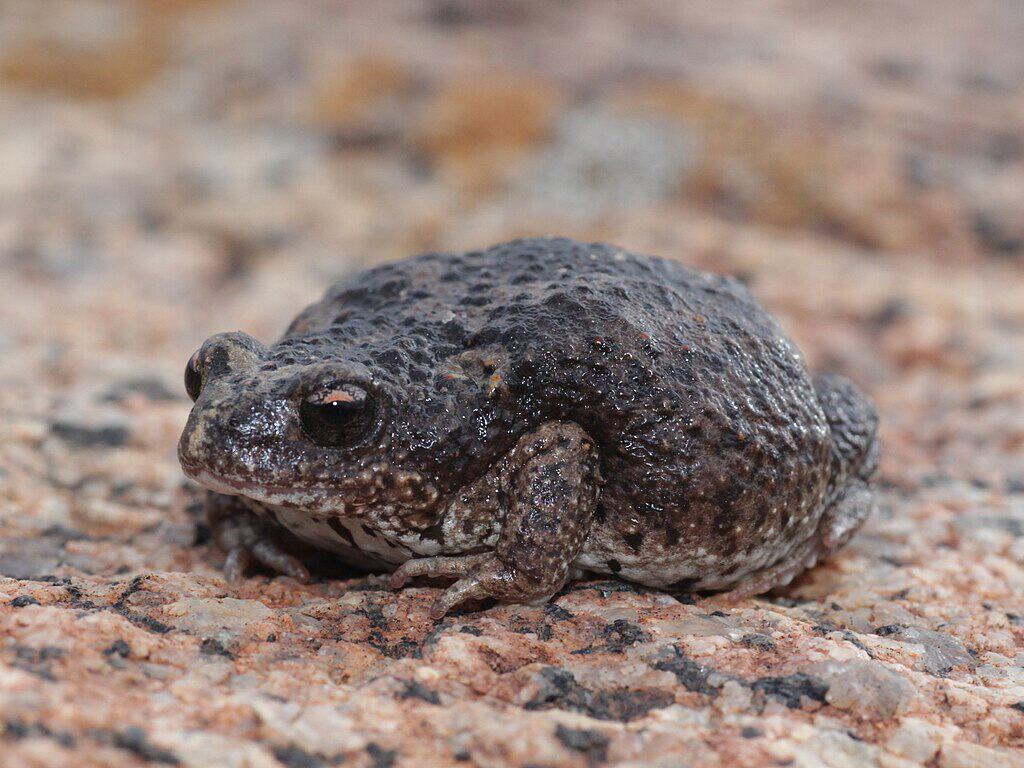
One of nature’s more peculiar creatures, the gastric-brooding frog, vanished in the 1980s, much to the dismay of herpetologists fascinated by its unique reproductive method, where young developed in the mother’s stomach. Successes in recreating its DNA add promise to potentially reviving this amphibian, providing critical insight into extreme adaptation and disease resistance among modern frogs at risk from worldwide crises like chytrid fungus.
The Irish Elk Revitalizing Giant Antlers

The striking Irish elk, notable for its broad antlers, lasted until the close of the last ice age. While intimidating to imagine, their resurrection is seen as a possibility through the neogenic project collaboration. If successful, it would symbolize not only a restored lineage but also, more broadly, reinvigorate temperate climate studies paralleling historical climate shifts.
Conclusion: Ethical Considerations and the Future
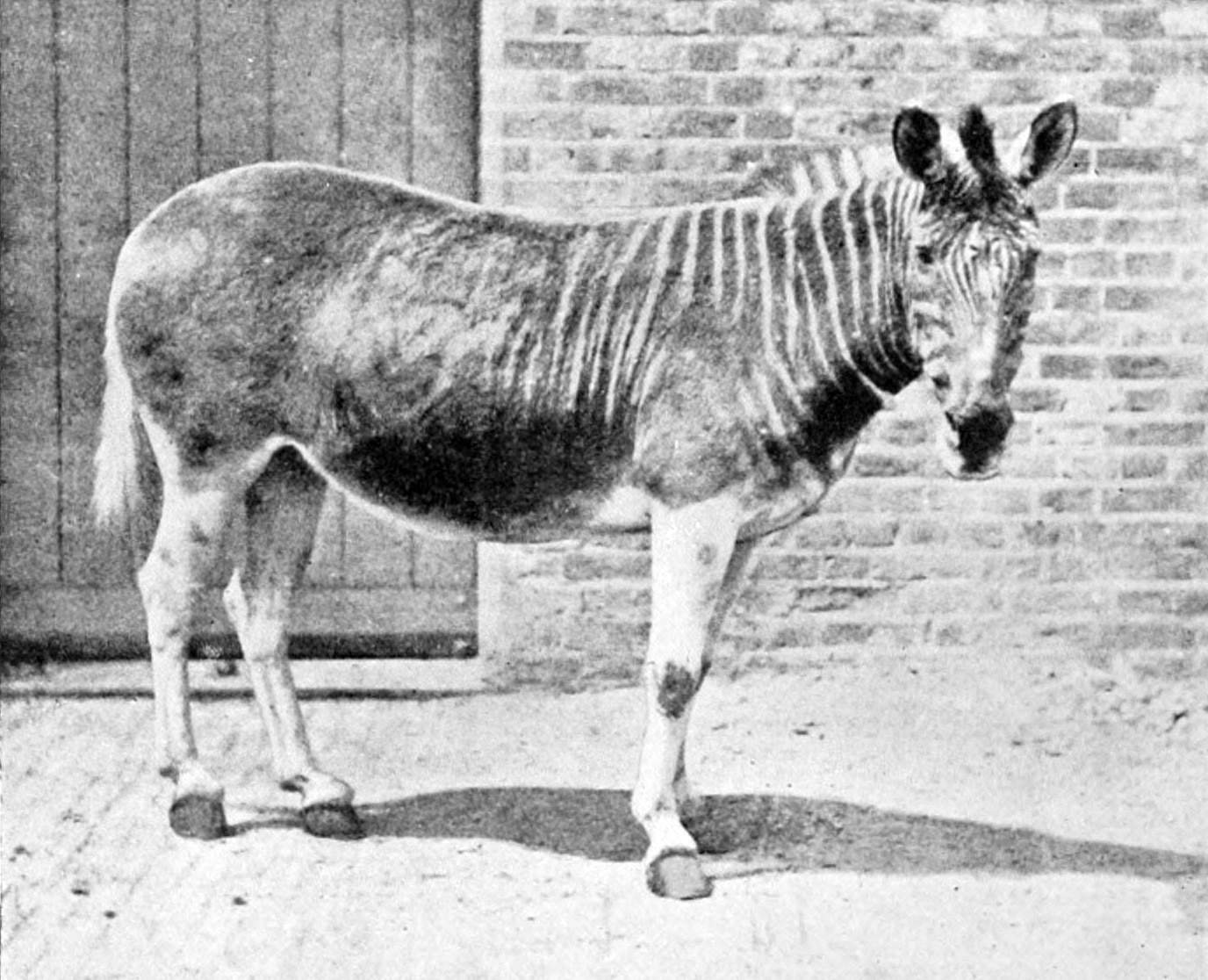
The prospects of animal cloning foster excitement and deliberation alike. Reviving extinct species presents a miraculous promise to mend past human over-exploitative errors and innovate future wildlife management. Yet each project’s success hinges upon ethical evaluation and ecological utility to avoid future pitfalls. Thoughtful integration into conservation strategy is critical for enhancing natural diversity while respecting the planet’s interwoven tapestry of life.
- This Tiny Frog Can Carry 100 Times Its Own Body Weight - August 20, 2025
- 11 Animals That Use Sound to Stun Prey - August 20, 2025
- The Most Elusive Big Cats Roaming the American Southwest - August 20, 2025

